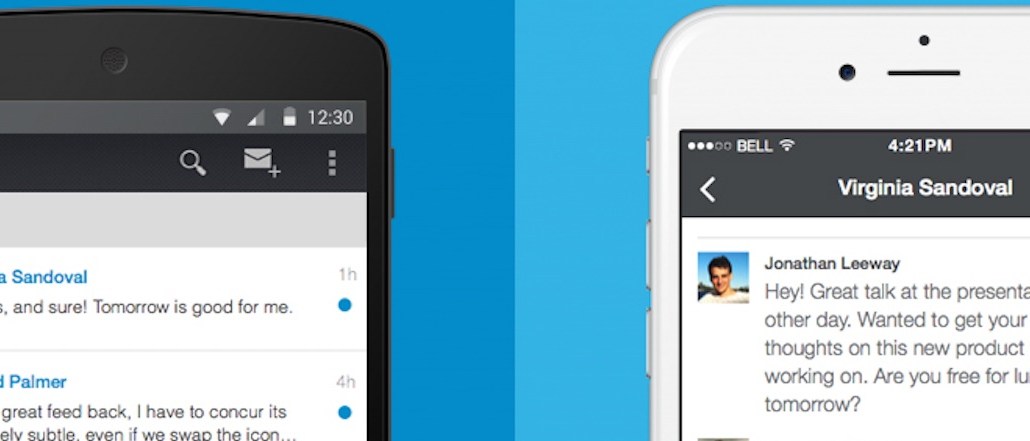Register by Jan 13 to save on passes and connect with marketers from Uber, Bose and more

LinkedIn’s miserable messaging tool is getting an upgrade.
Users griped about the clunky and confusing interface that made it difficult to tell if messages were responded to, bugs preventing notes from being sent and an overall ugly experience.
That’s about to change with a top-to-bottom redesign that even the social network admits is a long time coming. “The wait is over,” LinkedIn said on its blog today announcing the changes, with the word “finally!” in the post’s title.
Users will eventually see a new messaging feature that resembles Facebook Messenger’s desktop version. Messages are designed in a “chat-style interface,” making it easier to organize, and LinkedIn revamped its pesky email notifications to alert people when they have new messages.
Of course, what would a messaging tool would be without the ability to express emotions in GIFs, emojis and stickers, which are now supported. The new interface will start rolling out today to desktop, iOS and Android users.
Here’s what the new version looks like:

For future iterations, LinkedIn appears to be taking a page from Gmail, with new tools including “intelligent messaging assistants that can help suggest people you should message.”
LinkedIn also hinted that it’s experimenting with video-to-video conversations, which could possibly make it a worthwhile competitor to Facebook Messenger or Google Hangouts.
Private messaging has been area social networks have been focusing on lately. Twitter recently dropped the 140-character limit on Direct Messages, Facebook is rolling out a “virtual text assistant in Messenger and Google christened Hangouts with a new look for desktop users.
Image courtesy of LinkedIn.
More in Media

Future starts to sharpen its AI search visibility playbook
Future is boosting AI search citations and mentions with a tool called Future Optic, and offering the product to branded content clients.

Digiday’s extensive guide to what’s in and out for creators in 2026
With AI-generated content flooding social media platforms, embracing the messiness and imperfection of being human will help creators stand out in the spreading sea of slapdash slop.

Media Briefing: Here’s what media execs are prioritizing in 2026
Media executives enter 2026 weathered by disruption, but refocused on AI revenue, brand strength and video and creator opportunities.





